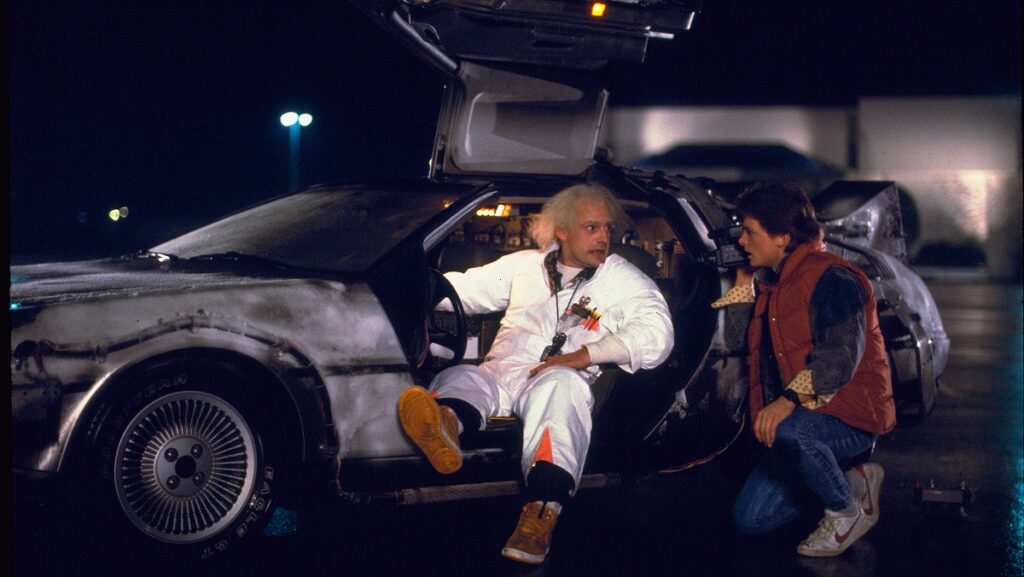In the history of motoring, the DeLorean company will remain recorded as one of the most controversial car brands in the world. The fame, the rumors, and the truths that were intertwined around the factory and the car itself promoted the DMC-12 as a bona fide classic and even a movie star. Here is its fantastic story.
The key man in this saga was John Z. DeLorean, once one of the most famous and influential figures in the American and global car industry. Born in Detroit, DeLorean grew up around cars. After getting a job at General Motors, more precisely at Pontiac, he soon became the leading man of that company. DeLorean became famous for many wise moves, and undoubtedly the most famous is the presentation of the famous GTO model, which was initially developed without the knowledge of the company’s management. During further progress, he became the president of Chevrolet and even the vice president of the entire GM group, but constant misunderstandings led him to leave that position. Shortly after leaving, DeLorean decided to devote himself to his old dream of producing a sports car under his own name. After so many years of incredible success in the automotive industry, he was sure that he would quickly find support for the project.
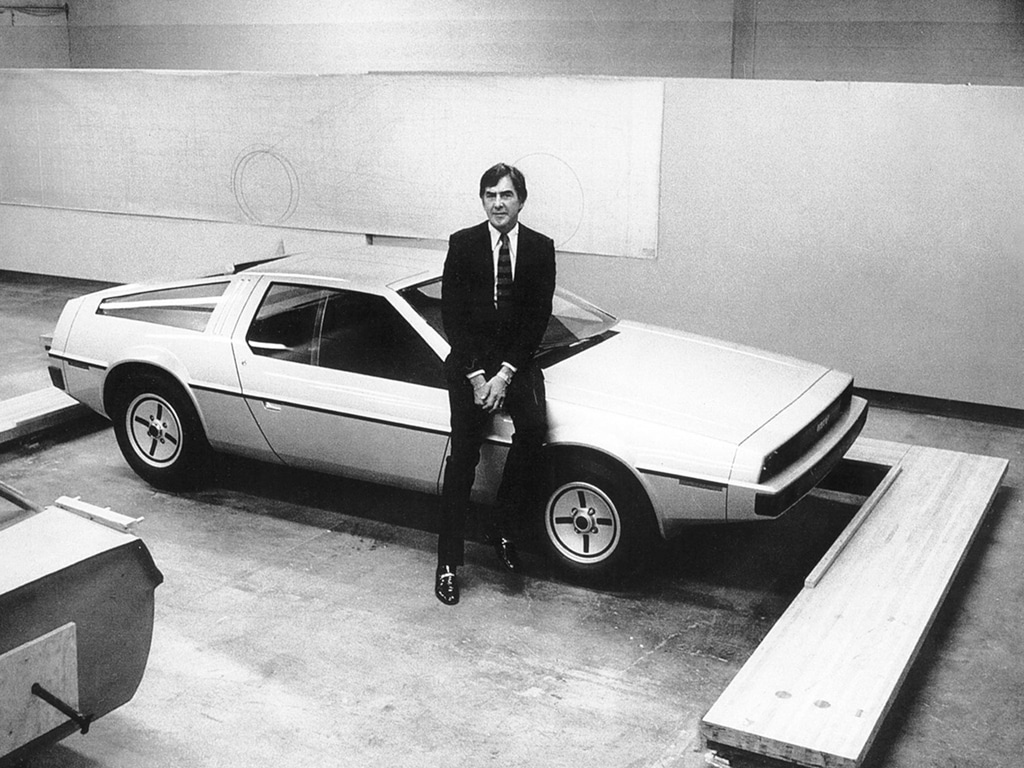
So, in 1975, the DeLorean Motor Company was founded to design and build a sports car that would be safe, reliable, and comfortable, with excellent performance and handling on the road. DeLorean gathered around him some of the best engineers of the era, most of them from General Motors. Soon, the team went to Italy and commissioned the design of the entire vehicle from the famous Giorgetto Giougaro, which, according to their input, should have gullwing doors and a rear-mounted engine. The next stage of the plan was the creation of production facilities, and after much consideration, the choice fell on Dunmurry in Northern Ireland. The British Government welcomed that move, and it invested a large amount of money in supporting the project. Realizing that development is too slow, DeLorean decides to seek help. After a misunderstanding with BMW and Porsche, he made a deal with Lotus in 1978, despite Colin Chapman’s opposition. However, since the Lotus was strapped for cash and DeLorean had significant financial backing, Chapman finally aggreged.
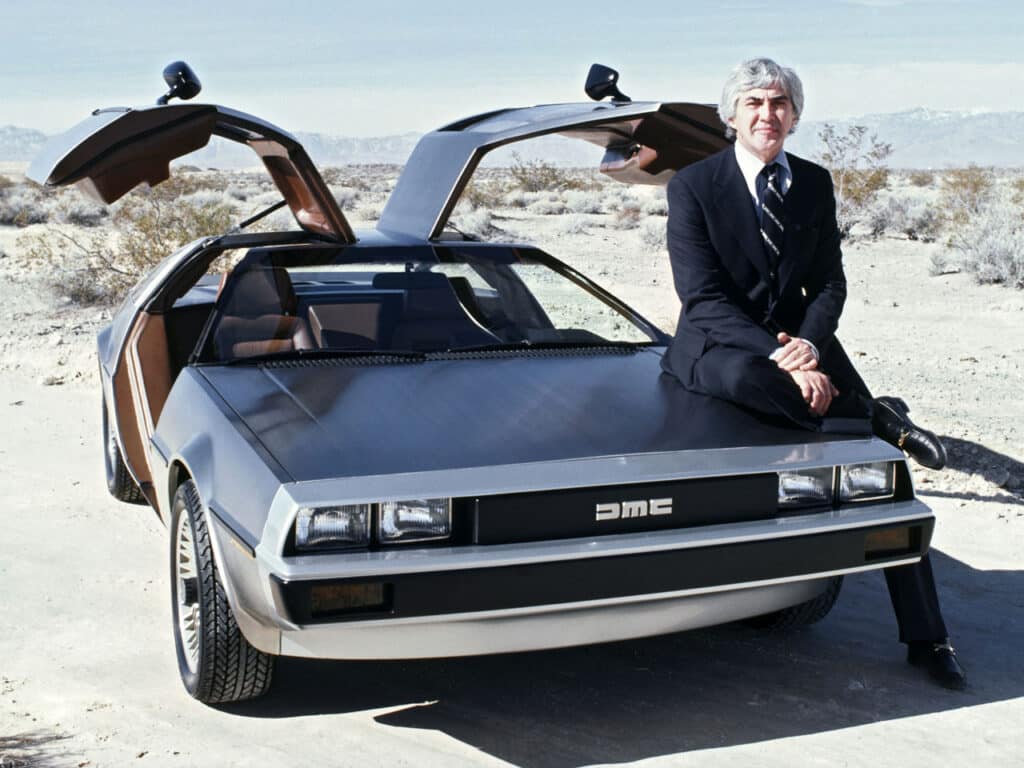
With the support of Lotus, the DMC-12 was slowly taking shape while the car was being promoted through the specialist press. The initially announced price of $12,000 would have made it fantastically competitive, but even then, it was clear that it wasn’t going to happen. Originally planned as a 2+2 coupe, the car became a two-seater with a small space behind the passengers and a symbolic trunk in front. After extended testing, Renault’s 2.7-liter V6 engine (which was created in the co-production of Peugeot, Renault, and Volvo) was chosen, with four valves per cylinder, a displacement of 2.8 liters, and about 145 hp. Power was transmitted to the rear wheels via a five-speed manual gearbox. To ensure prestige, the vehicle was loaded with Lucas electronics. The interior is covered in leather and includes air conditioning and electric windows. The factory did not offer the possibility of painting the body, and all but three examples used for testing are matte gray in color since the body was made from stainless steel.
In early 1981, the pre-production examples were finished, and the factory was ready for release after a three-year delay from the original date, which cost the investors enormously. The world premiere was at the Geneva Motor Show, and immediately DeLorean was overwhelmed with orders. The impact on the public was precisely what DeLorean wanted, and the DMC-12 was completely different from the competition. Many prospective buyers gave 1,000 dollars each as a deposit without knowing the full price, which eventually was set at $28,000, a far cry from the promised $12,000 three years before. With such a high price, the DeLorean DMC-12 entered the realm of dangerous and established competition, such as the Porsche 911, Mercedes SL 450, or Chevrolet Corvette. During its first year of sale, in 1981 even managed to outsell Porsche in the US market, but problems soon followed.
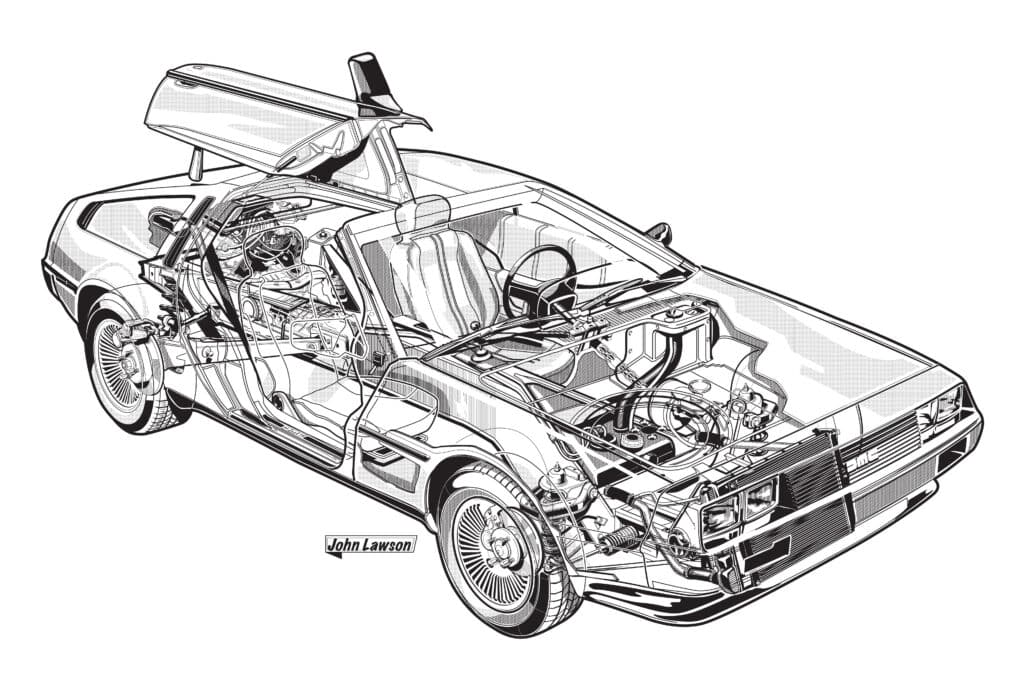
After just a year, sales started slowing down as rumors spread about the extremely poor quality of the vehicle. Namely, most complaints were addressed to Renault’s engine, in which 145 hp was not powerful enough, and the factory performance claims were very suspicious. Cars sold on the American market were even weaker due to modifications to the engine and exhaust for environmental purposes. On some models, too-soft shock absorbers were installed, which ultimately killed the feeling of sporty driving and was only suitable for light cruising. The interior was cramped, and the electronics were unreliable. In addition, many dealers had to invest labor at their own expense since the cars arrived from Ireland virtually unfinished. Encouraged by excellent initial sales, DeLorean increased monthly production to 400 units, and due to a sharp drop in sales during 1982, these cars failed to find a buyer. Because of all this, the company falls into serious financial problems, and DeLorean asks for help from the British Government. With increasingly weak sales, the factory somehow entered the following year, but the interruption of financial assistance led to bankruptcy.
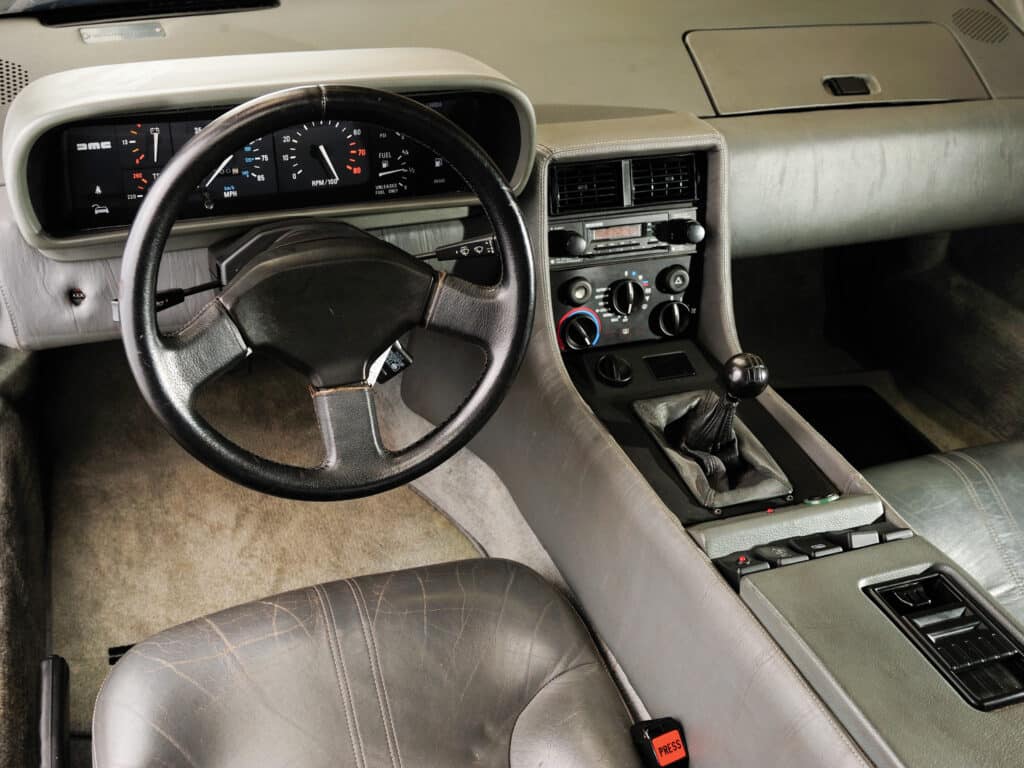
That’s when the tax authorities come on the scene, noticing DeLorean’s extremely expensive lifestyle and the vast sums of money that were passing through the company. Little is known about that darkest chapter in the story of this factory. Still, the British Government issued a warrant for DeLorean’s arrest, and even though they never got him, US marshals did when he was arrested for buying a briefcase full of cocaine in late 1982. So, in early 1983, production was stopped, but a certain number of copies were assembled and delivered to customers who had already paid for the car. The exact number of produced copies is unknown, but according to official data, 6539 examples in 1981, 1126 in 1982, and 918 copies in 1983 were made. On the other hand, factory employees claimed that more than 10,000 cars were produced. Still, after the bankruptcy, all technical and financial documentation disappeared, and it is inevitable that even DeLorean, himself, didn’t know the exact number.
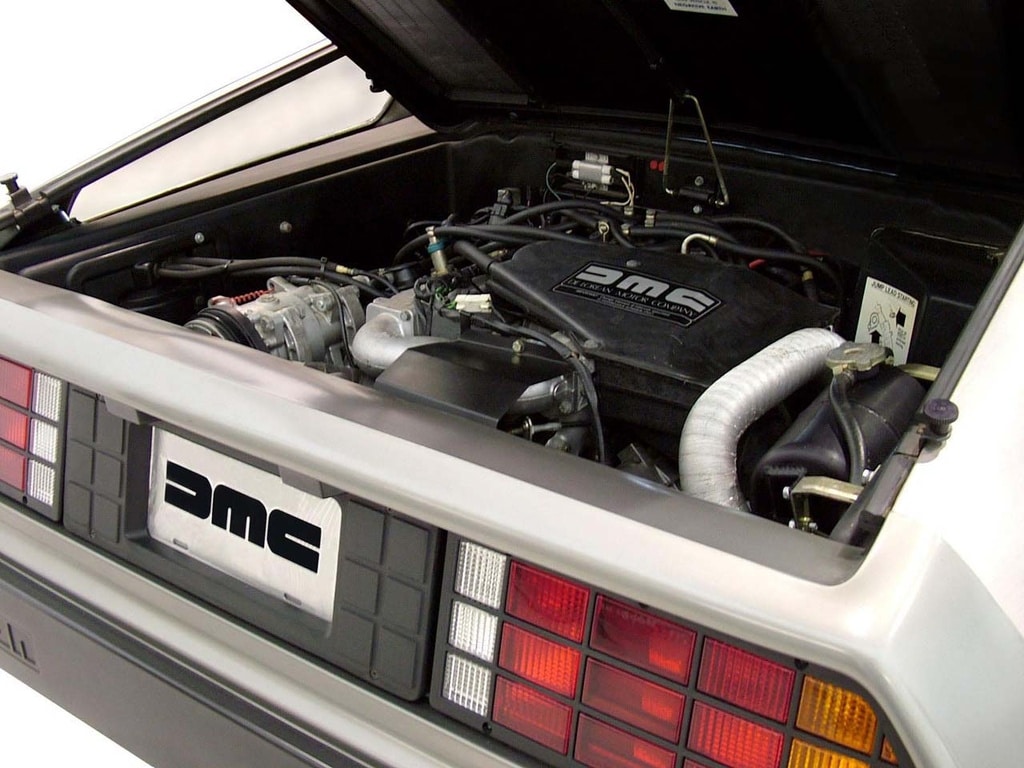
Regardless of everything, today, the DMC-12 is a kind of cult car with a large circle of fans. Today, opinions about this car are still divided. On the one hand, they consider him a worthless product of a demagogue who has no value. For others, it is the masterpiece of an automotive genius who was a victim of dire circumstances. Be that as it may, there is no doubt that this is one car that stands out in the sea of various others with its appearance, strange prestige, and incredible history that makes it a legend of modern motoring. The DMC finally got worldwide acclaim a couple of years after it was discontinued as a memorable prop in the 1985 blockbuster movie “Back To The Future.”
